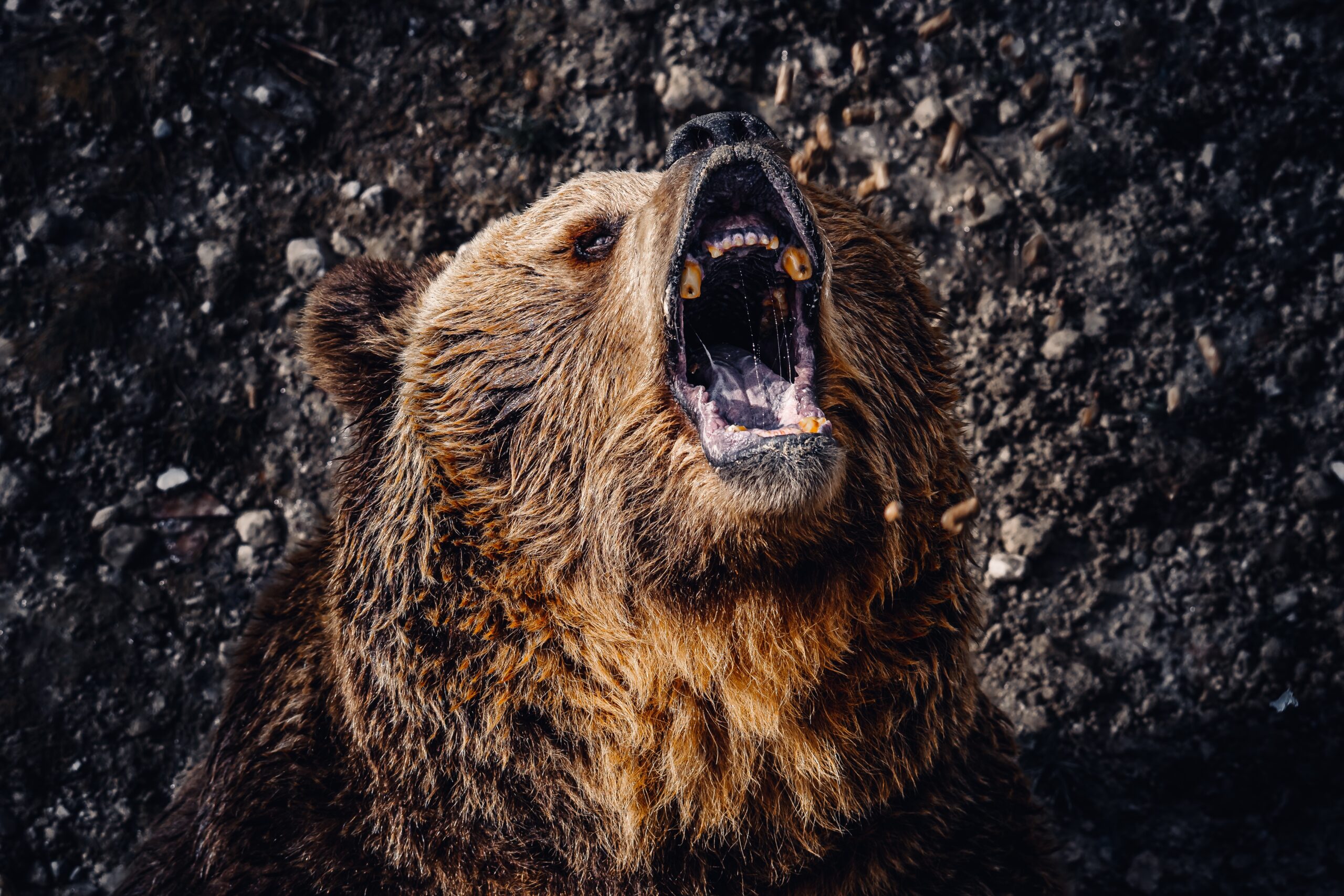The animal kingdom is a fascinating world where the law of the jungle prevails. Among its many inhabitants, powerful carnivores stand out as the ultimate rulers.
These predators are not only vital for maintaining ecological balance but also captivate our imagination with their strength, agility, and hunting prowess. This list explores the most formidable carnivores in the animal world, each with unique traits that set them apart.
From the awe-inspiring roar of the lion to the silent stealth of the jaguar, these creatures command attention and respect. Let’s get into this captivating realm and get to know these dominant predators.
1. Lion
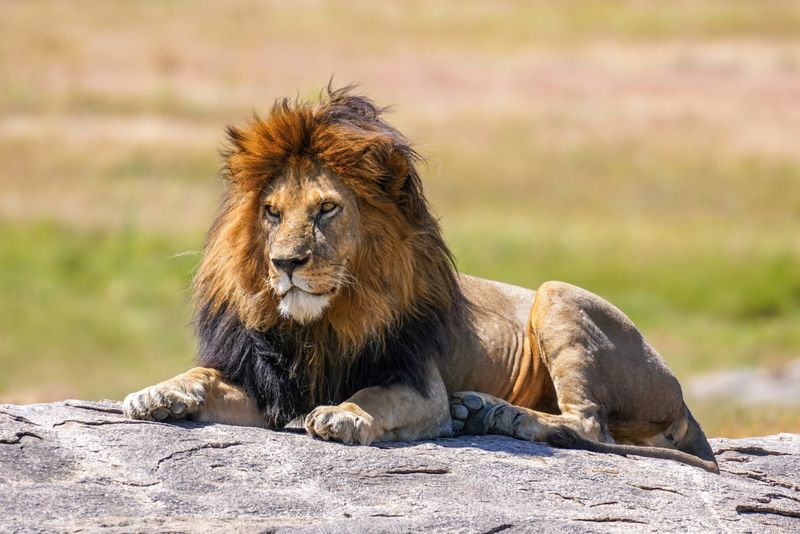
The infamous kings of the jungle are the only cats that live in groups called prides. Their majestic appearance and social structure make them unique among big cats. In prides, females do most of the hunting while males defend their territory.
With powerful roars that can be heard up to five miles away, lions communicate with pride members and ward off intruders. These roars symbolize their dominance in the vast African savannah. Male lions are distinct with their impressive manes, which serve as a symbol of strength and virility.
Conservation efforts are crucial to protect these magnificent creatures, as their populations are threatened by habitat loss and human-wildlife conflict. By supporting wildlife reserves and sustainable tourism, we can help preserve their natural habitats and ensure future generations witness their regal presence.
2. Tiger
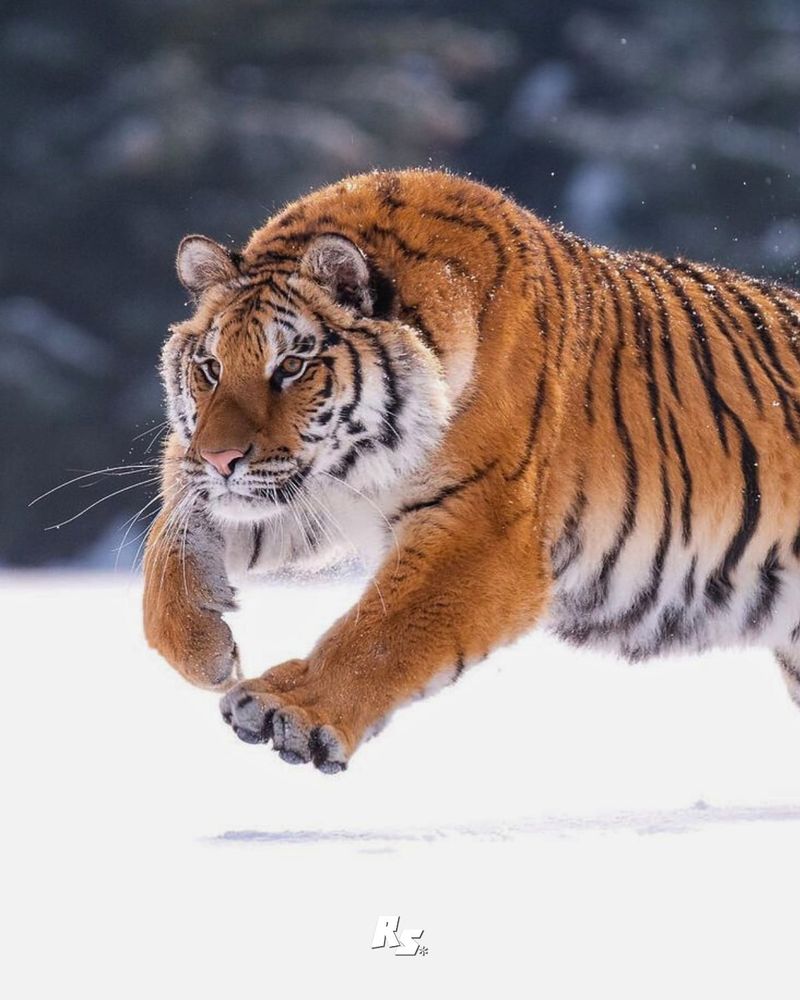
Tigers are solitary and territorial, making them one of the most elusive big cats. With a mesmerizing coat of stripes, no two tigers look exactly alike. Each pattern is unique and serves as camouflage in their natural habitat.
As apex predators, tigers play a crucial role in maintaining the health of their ecosystems. They control herbivore populations, which in turn affects vegetation growth and overall biodiversity. Tigers are known for their incredible strength and ability to take down prey much larger than themselves.
Conservationists are working tirelessly to protect tiger habitats from deforestation and poaching. By supporting these efforts, you contribute to the preservation of this iconic species. Awareness and education are key to ensuring that tigers continue to roam the wild for generations to come. Their majestic presence is a testament to nature’s incredible diversity.
3. Hyena
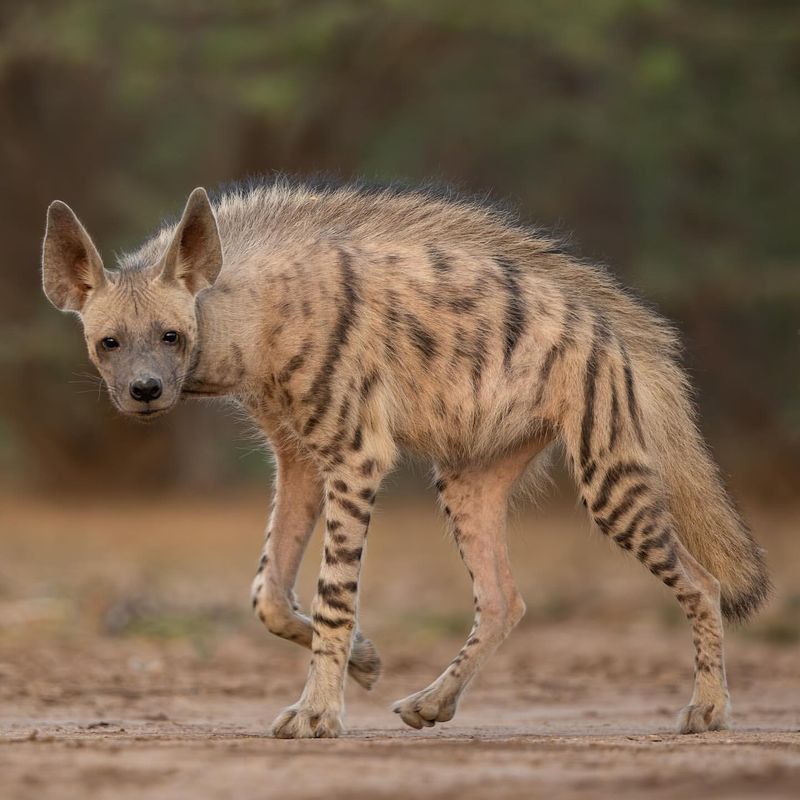
Hyenas are often misunderstood creatures, known for their eerie laughter and scavenging habits. However, they are skilled hunters with a complex social hierarchy and communication system.
Living in clans, hyenas are matriarchal, with females leading and males playing secondary roles. They are adaptable, thriving in various environments, from savannahs to forests. Their powerful jaws can crush bones, allowing them to access nutrients few other animals can.
Though they often feast on the leftovers of other predators, hyenas are formidable hunters in their own right. Protecting these intelligent animals from misconceptions and habitat loss is essential.
4. Polar Bear
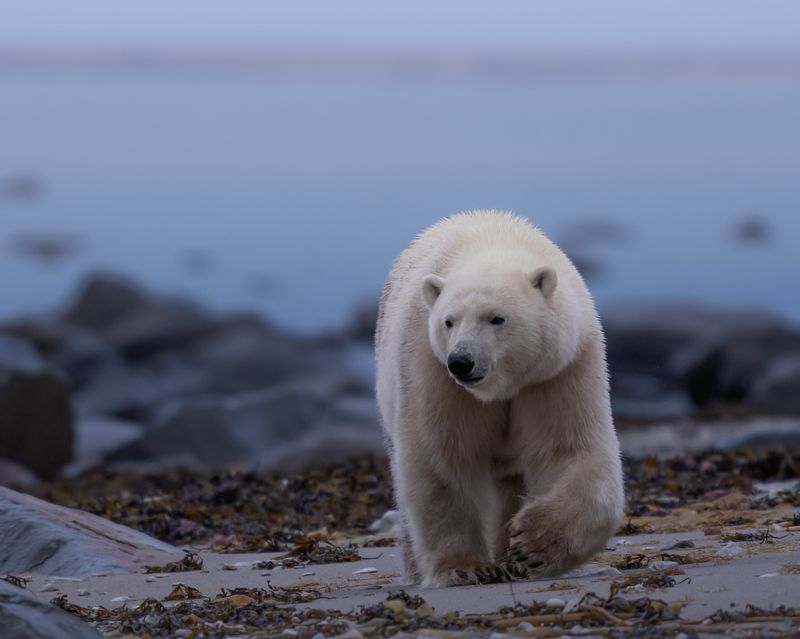
These are the undisputed rulers of the Arctic who adapted to life on the ice. Their thick fur and layer of fat, known as blubber, keep them insulated against freezing temperatures.
These majestic bears are skilled swimmers, traveling long distances in search of food. As apex predators, they primarily hunt seals, playing a vital role in the marine ecosystem. Their survival depends on the sea ice, which is rapidly diminishing due to climate change.
Conservation efforts focus on reducing greenhouse gas emissions and protecting polar bear habitats. Awareness and action are critical in ensuring these magnificent creatures continue to thrive in their harsh, icy environment. The polar bear is a poignant symbol of the effects of climate change, urging us to take action for a sustainable future.
5. Jaguar
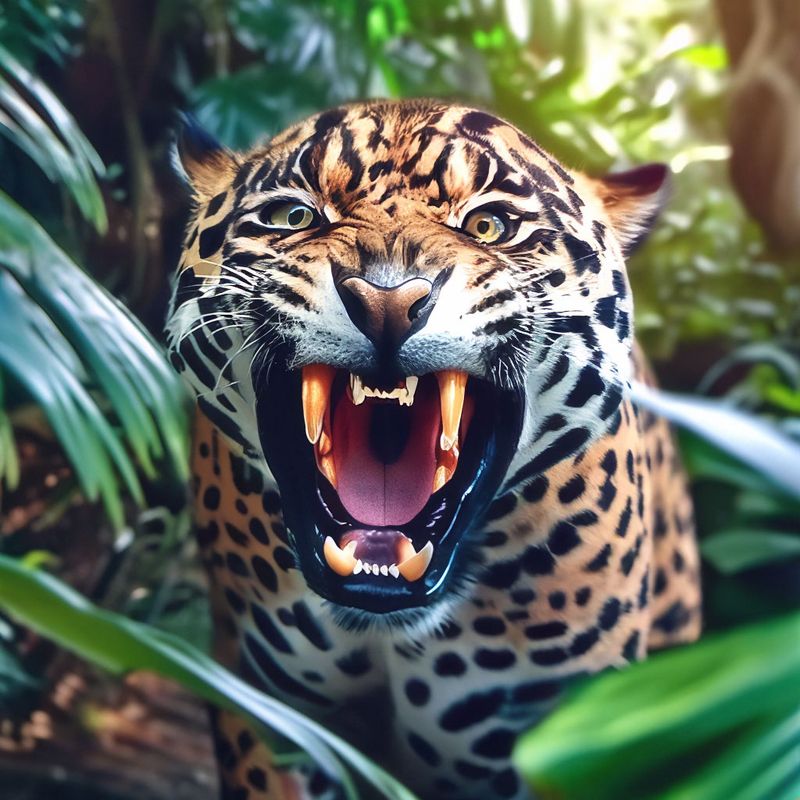
Native to the Americas, jaguars are known for their powerful build and striking appearance. With a bite strong enough to pierce turtle shells, they are the most formidable predators in the jungle.
Unlike other big cats, jaguars love water and are excellent swimmers. They often hunt in or near rivers, utilizing their stealth and agility to ambush prey. Their rosetted coats provide perfect camouflage in the dappled light of the rainforest.
Protecting jaguar habitats from deforestation and fragmentation is crucial. By supporting conservation initiatives, we help preserve the delicate ecosystems they inhabit. Jaguars play a vital role in maintaining ecological balance, controlling prey populations, and fostering biodiversity.
6. Great White Shark
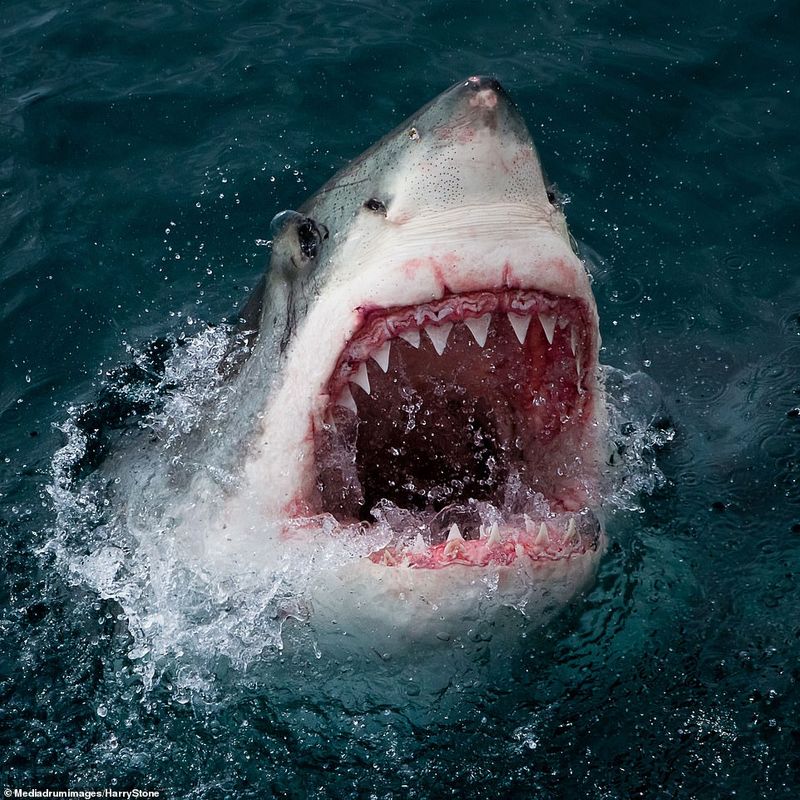
Great white sharks are the ocean’s most iconic predators, known for their size and power. With rows of serrated teeth and keen senses, they are perfectly adapted to their marine environment.
These sharks are apex predators, playing a crucial role in maintaining the health of ocean ecosystems. They help regulate prey populations, ensuring balance and diversity. Great whites are migratory, traveling vast distances across oceans.
Misunderstood as mindless hunters, they are, in fact, intelligent and curious creatures. Conservation efforts aim to protect these magnificent sharks from overfishing and habitat loss. By promoting sustainable fishing practices and marine protected areas, we can help preserve the delicate balance of the ocean and ensure the survival of great white sharks.
7. Komodo Dragon
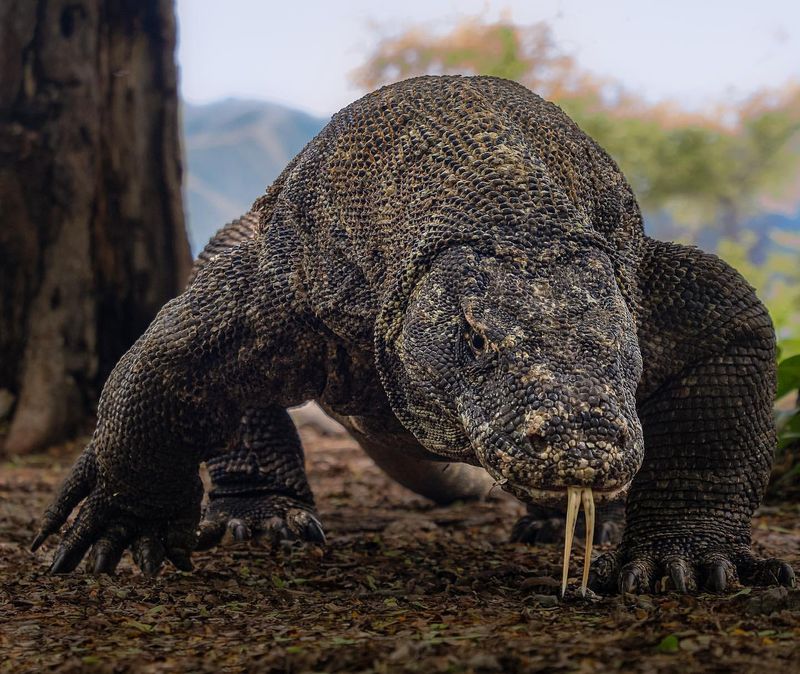
Komodo dragons are the largest lizards on Earth, found on a few Indonesian islands. With their powerful limbs and sharp claws, they dominate their environment.
These reptiles have a keen sense of smell, detecting prey from miles away. Their venomous bite and bacteria-laden saliva make them formidable predators, capable of taking down large animals.
Komodo dragons play a key role in their ecosystem, controlling prey populations. Conservation efforts focus on protecting their natural habitats and ensuring sustainable tourism. By supporting these initiatives, we can help preserve the unique biodiversity of the islands where they thrive. The Komodo dragon is a testament to the wonders of evolution and adaptation.
8. Cheetah
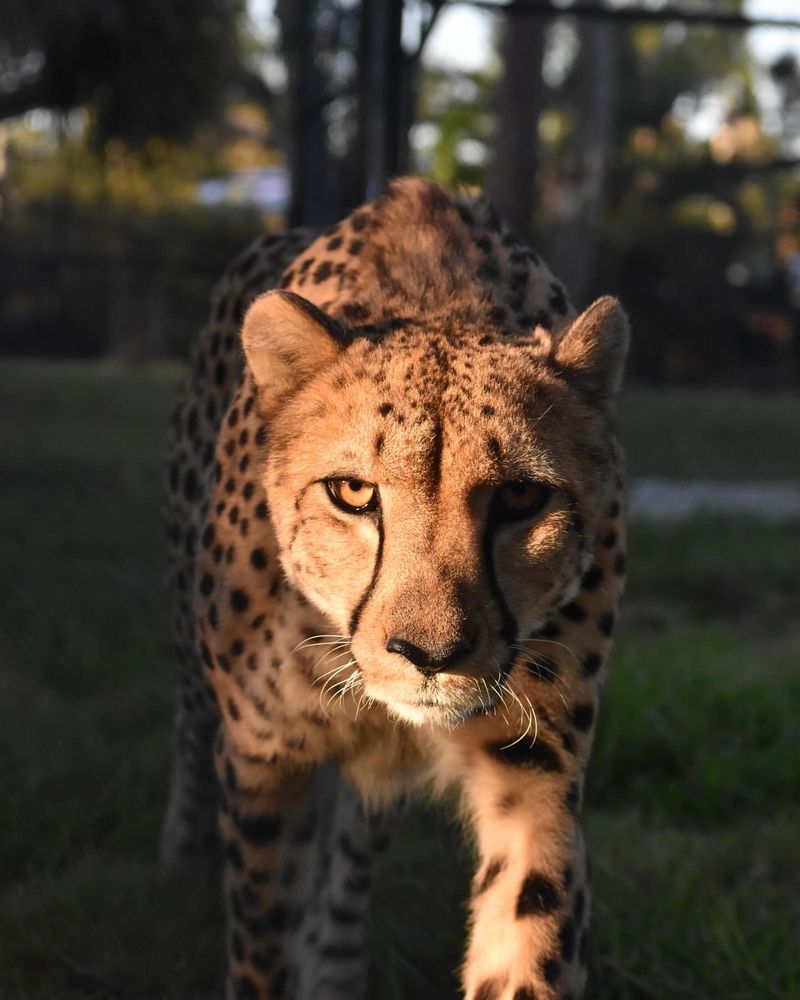
We know them as the fastest land animals, reaching speeds up to 70 mph. Their lean bodies, long legs, and specialized muscles make them incredible sprinters.
Unlike other big cats, cheetahs rely on speed rather than strength to catch prey. Their hunting strategy involves a burst of speed to outrun and capture swift animals like gazelles. However, this high-speed chase requires significant energy expenditure.
Conservation efforts aim to protect cheetah habitats and reduce human-wildlife conflict. Supporting these endeavors helps ensure that these incredible animals continue to grace the African plains. Cheetahs symbolize the beauty of speed and grace in the animal kingdom, captivating our imagination with their unmatched agility.
9. Wolf
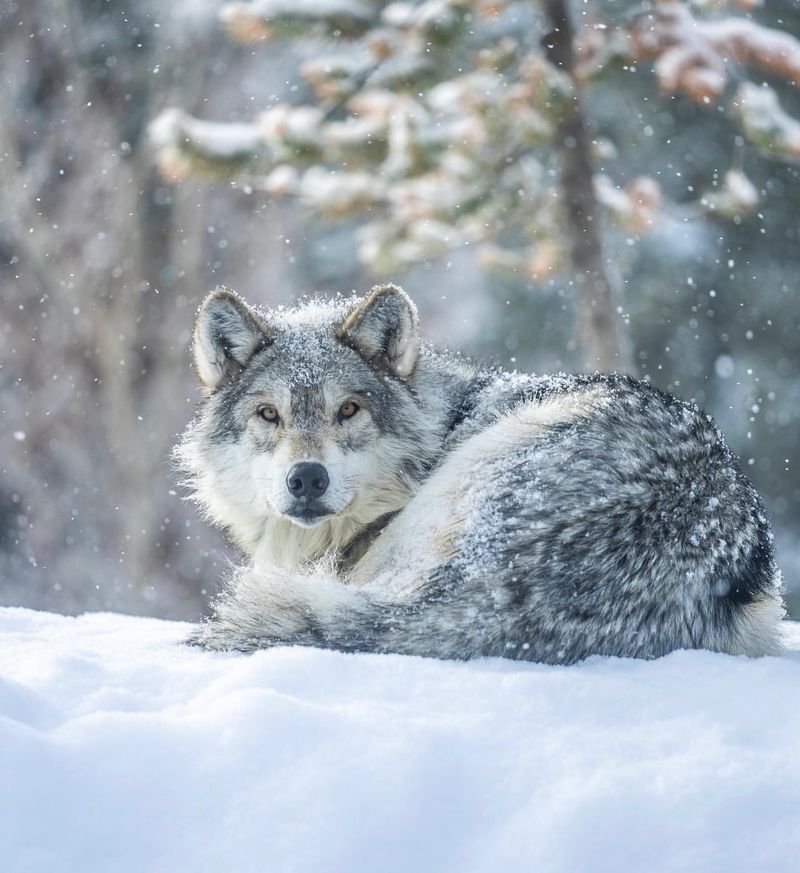
Wolves are social animals, living and hunting in packs. This cooperative behavior is key to their survival, allowing them to take down larger prey.
Known for their haunting howls, wolves communicate across great distances, coordinating pack movements and establishing territory. Their social structure is complex, with a clear hierarchy and strong family bonds.
Conservation efforts focus on protecting wolf habitats and reducing human-wildlife conflict. By supporting these initiatives, we help maintain the delicate balance of ecosystems where wolves play a vital role. They are symbols of wilderness and freedom, inspiring countless tales and folklore.
10. Orca
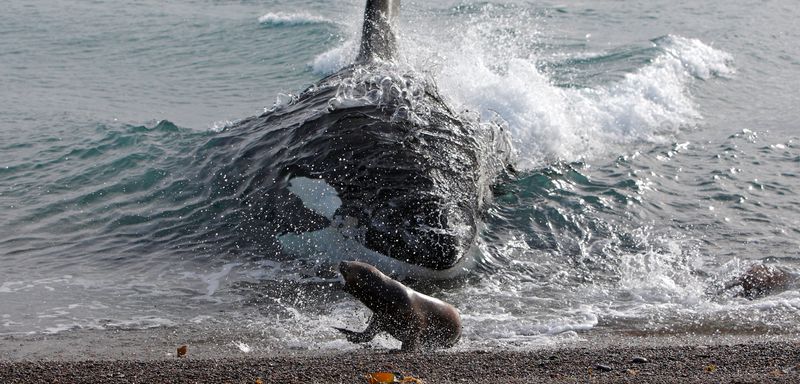
Known for their intelligence and complex social structures, Orcas live in pods and they hunt together, using sophisticated techniques and communication.
These marine mammals have diverse diets, preying on fish, seals, and even whales. Their cooperative hunting strategies make them highly efficient predators. Orcas are found in oceans worldwide, with different populations exhibiting distinct behaviors and vocalizations.
Conservation efforts focus on protecting orca habitats and reducing threats like pollution and overfishing. By supporting these initiatives, we help preserve the delicate balance of marine ecosystems. Orcas captivate our imagination with their grace and power, highlighting the wonders of the underwater world.
11. Grizzly Bear
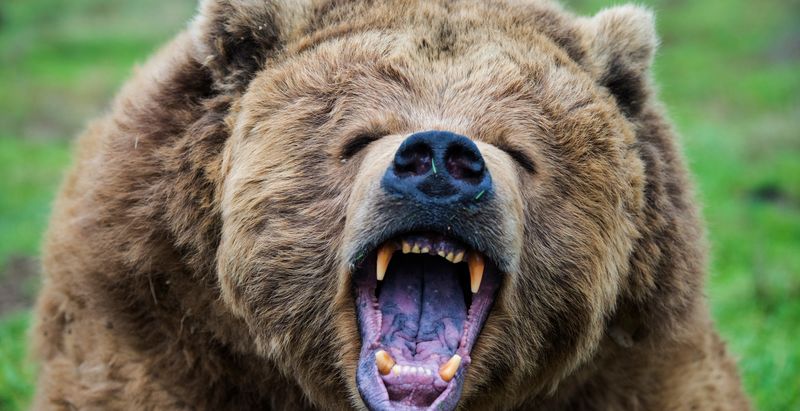
Grizzly bears are one of North America’s most iconic and powerful carnivores, known for their impressive size and strength. These bears can weigh up to 800 pounds, with males being significantly larger than females. Their diet is diverse, ranging from fish and mammals to berries and plants, showcasing their adaptability as opportunistic feeders.
During the salmon run, grizzly bears gather along rivers to feast on the abundant fish, a crucial food source that helps them build fat reserves for hibernation. Their fishing skills are remarkable, using their keen sense of smell and timing to catch jumping salmon.
Despite their formidable nature, grizzly bears are under threat due to habitat encroachment and climate change. Conservation efforts focus on protecting their natural habitats and ensuring sustainable ecosystems for future generations.
12. Saltwater Crocodile
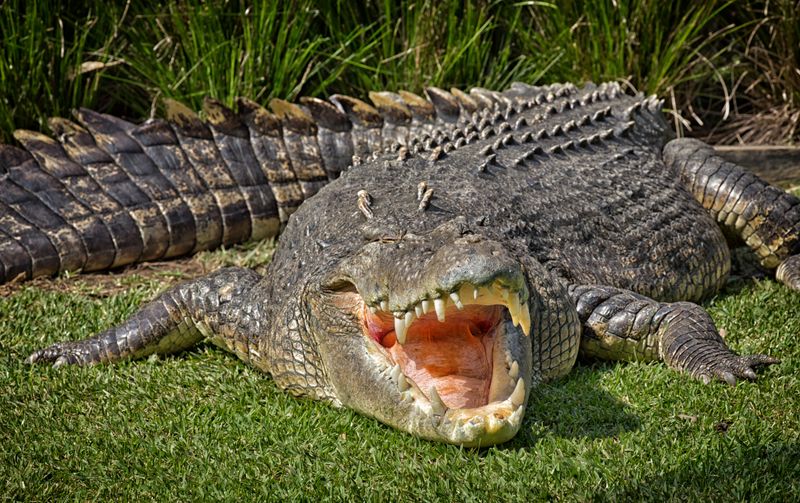
This giant species of crocodile is a formidable predator, known for its incredible strength and stealth in the water. It can grow up to 23 feet, making it the largest living crocodile species. These reptiles are capable of exerting one of the most powerful bites in the animal kingdom, using their massive jaws to capture and crush prey.
Saltwater crocodiles are primarily found in the brackish and freshwater regions of Southeast Asia and northern Australia. With eyes and nostrils located atop their heads, they can remain submerged while observing potential prey. This adaptation, combined with their speed and agility in water, makes them efficient hunters.
Despite their fearsome reputation, saltwater crocodiles play a pivotal role in their ecosystem, helping control the population of species they prey on. Their presence is crucial for maintaining the balance within their natural habitats.

